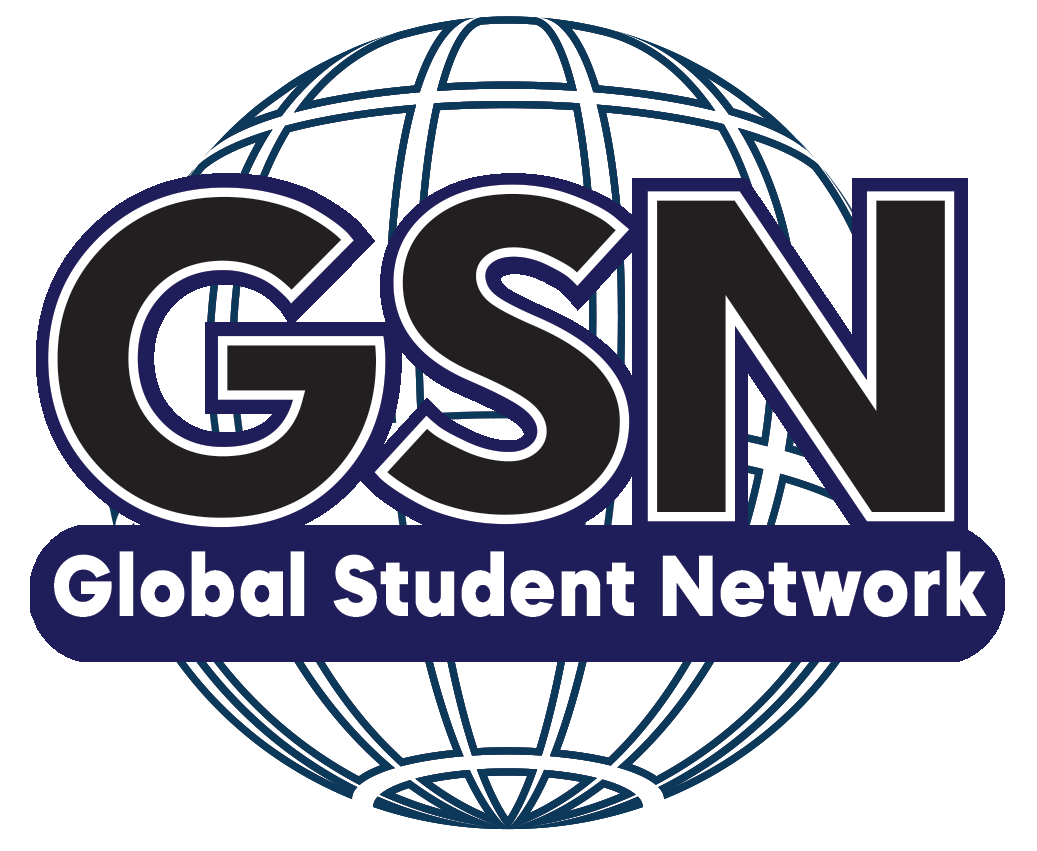by Nathan Manley
Oh, avoidance. In many traditional school settings, kids learn to use phrases like “I don’t know” so they don’t have to participate. But this is your school and you don’t have to take “I don’t know” for an answer.
If you’re like me, I cringe a little thinking back on the last time one of my homeschool students responded with “I don’t know.” That lazy response doesn’t exactly bring out my best qualities. It’s easy to respond emotionally knowing that is an avoidance technique. However, after employing the following strategies consistently, we have essentially made “I don’t know” disappear from our classroom.
First, let’s define our goal. This is about attitude and expectations not knowledge. The goal is to move our student from not answering or not having the answer to giving the correct answer. If during the lesson, you recognize some re-teaching needs to occur or your student needs some more practice for mastery, then you can account for that in your future planning. For now, we want to focus on establishing in your classroom not trying is just not an option.
“I can accept failure; everyone fails at something. But I can’t accept not trying.” – Michael Jordan
Perhaps the most important understanding is to establish that getting the right answer is not the initial goal.
“Son, you don’t have to get the right answer, but I do expect you to try.”
Then follow through by making sure you praise legitimate efforts.
“That’s a good guess but think back to what we talked about yesterday in our math lesson.”
“Talent wins games, but teamwork wins championships.” – Michael Jordan
One of your response options to “I don’t know” is to make answering a team effort. It could be another child who is working on the same lesson, on older sibling or even your spouse. You can even ask everyone else to respond in unison. Phone a friend (it’s ok to be silly sometimes). If there is literally no one else, it can be you.
“Blake, who was the first president of the United States?” “I don’t know.”
“Miley, who was the first president of the United States?” “George Washington.”
“Thank you, Miley. Blake, who was the first president of the United States?” “George Washington.”
“Thank you. George Washington was the first president of the United States.”
But, but, you gave him the answer! Yes, we employed teamwork. It’s ok. Remember: the goal is to move from not answering or not having the answer to having the correct answer and along the way to eliminate the idea that it’s acceptable to not try.
“Get the fundamentals down and the level of everything you do will rise.” – Michael Jordan
Sometimes we just need a little prompting.
“Blake, what is 4 x 4?”
“I don’t know.”
“Blake, do you remember how to skip count?” “Yes.”
“Try skip counting four fours.”
“4, 8, 12, 16.”
“So what is 4 x 4?”
“16.”
“Excellent. We don’t always know the answer off the top of our head, but you used a math skill you do know to get to the answer. Well done. You can use skip counting any time it helps you come up with an answer you don’t automatically know.”
“If you run into a wall, don’t turn around and give up. Figure out how to climb it, go through it, or work around it.” – Michael Jordan
Another way to guide them toward the answer is to point them toward a resource.
“Blake, name at least three parts of a plant cell’s structure.” “I don’t know.”
“Blake, go back to chapter 3 of your science book and look for a diagram which might help you remember what some of the different parts of a plant cell are.”
You’ve got the idea. Once you establish that “I don’t know” is not an acceptable answer in your classroom, you will be rid of that avoidance technique and you can stay focused on the learning tasks. And if you’re like me, you’ll stay a little more calm and collected as well.
Since 2004, Global Student Network has been a leader in providing innovative online curriculum to homeschooling families and partnering schools throughout the world. GSN offers a wide range of online curriculum options. We have over 2000 course offerings including Honors, AP®, World Languages, and Career and Technical Education courses. Our program has been used by homeschool families as well as public, private, and charter schools, both nationally and internationally. Learn more about or try a demo of GSN’s curriculum here: https://globalstudentnetwork.com/curriculum

